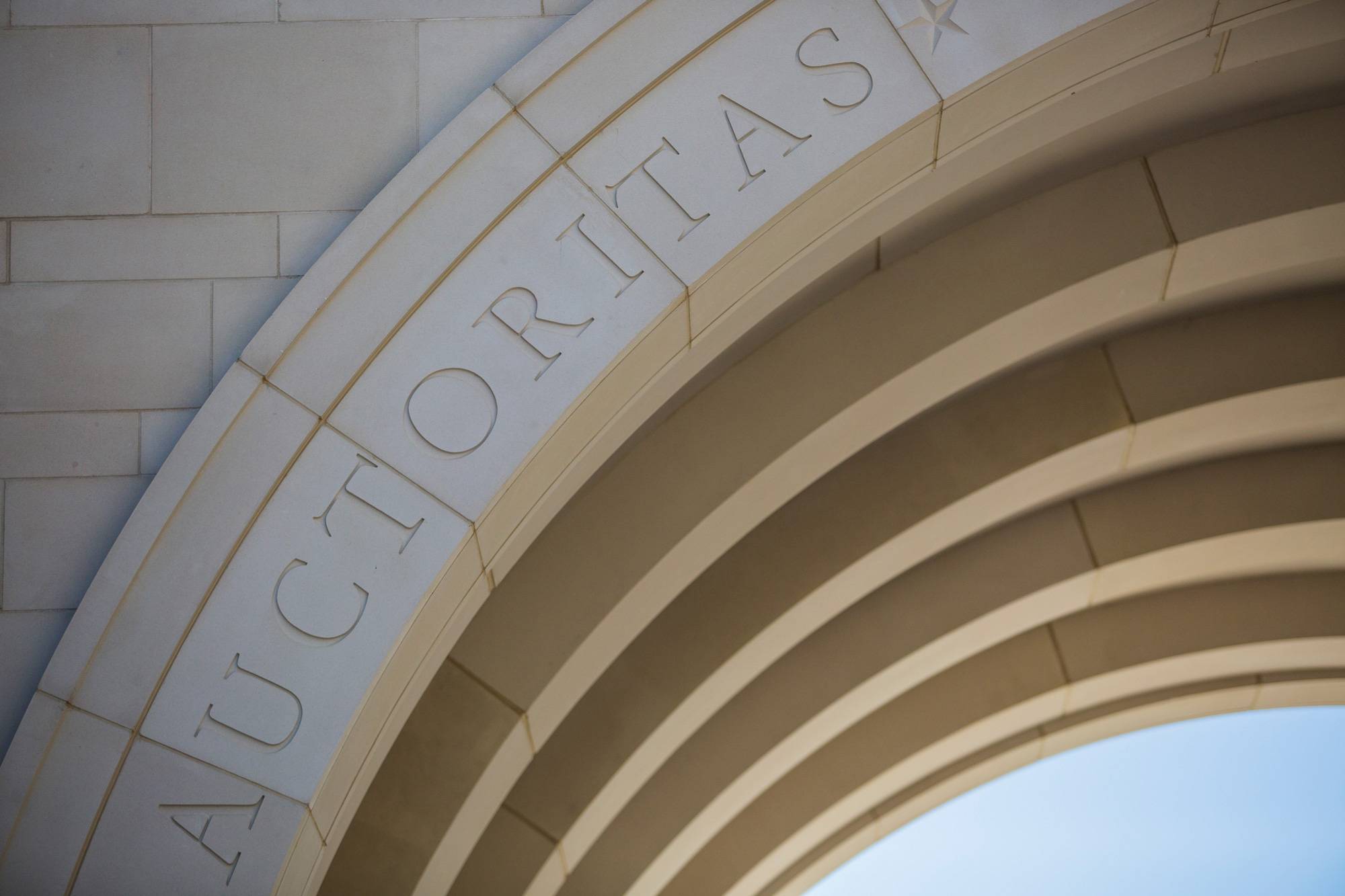HIST2310 Essay Prep
HIST2310 Western Civilization I Examination-for-Credit
Preparing for the Supplemental Essay Exam
Eligible students can earn credit for History 2310 by means of the College Board’s College-Level Examination in Western Civilization I: Ancient Near East to 1648, plus an essay portion devised and graded by the Texas State University Department of History. Essays will be graded by a qualified member of the Department of History staff. The CLEP examination tests one’s knowledge of factual data while the essay tests one’s understanding of major movements in western civilization. The student must pass the essay portion of the examination to receive credit for the course.
The following major historical developments will be the subject matter of the essay portion of the examination. Students are expected to describe and explain specific historical events as well as provide an overall interpretation of these major topics.
1. Be able to describe the early development of civilization in ancient Mesopotamia and Egypt with emphasis on the character of the societies, the structure and activities of the governments, and the similarities and differences of their religions.
2. Be able to describe the quality and character of civilization in ancient Greece. Be able to provide a detailed description and comparison of the governments and societies of the cities of Sparta, Athens, and be able to describe and explain the character of Greek religion, historical writing, drama, and philosophy.
3. Be able to describe the government and society of the ancient Roman Republic providing a clear description of the major institutions and the general goals of the republican government. Be able to describe and analyze the transformation of the republic into an empire. Be able to describe the government, society, and character, of the Roman Empire. Be able to explain the impact of the development of that empire on the values and institutions of the Roman Republic.
4. Be able to describe and analyze the origin, development, and character of medieval Europe from the fall of Rome to the Crusades (1096 A.D.) with emphasis on the influence of the German tribes, the rise of the Roman Catholic Church, early medieval government, and the organization of society. Be able to describe clearly and accurately the institutions of feudalism and manorialism and their role in medieval Europe.
5. Be able to trace the development of the Roman Catholic Church from the time of late Roman Empire to 1409. Be sure to include discussion of the following elements of the institutional church in your essay: the papacy, monasticism, the formation of Christian theology, heresy, and the relationship of the church with the governments of Europe emphasizing the Investiture Controversy, the Thomas Becket affair, the Papacy of Innocent III, and the Babylonian Captivity.
6. Be able to explain the development of Islamic society from its origins until 1200. Be able to describe the basis and character of its religion, the nature of its culture, the form of its government, and the spread of its influence and ultimate interaction with Christian Europe during the Crusades.
7. Be able to describe the quality and character of European civilization during the high Middle Ages (1000-1350) and the nature of change brought about by the Renaissance (1350-1600) with emphasis on economic activity, culture, and social organization. Specifically, be able to describe and compare medieval manorialism with Renaissance capitalism, medieval scholasticism with Renaissance humanism, medieval gothic art with Renaissance art.
8. Be able to describe and analyze the transformation of medieval monarchies into the early modern monarchies of the Renaissance. Be able to describe and explain the nature of medieval feudal monarchies, their strengths and weaknesses, and the reasons for their decline. Also be able to describe and explain the institutions and character of new monarchies in Spain, France, and England which replaced the feudal monarchies. Be able to provide specific details about the actions of the specific monarchs in each of these countries responsible for this transformation.
9. Be able to describe and explain the origin, development, and character of the Protestant Reformation. Pay specific attention to the problems of the Catholic Church after 1300 that facilitated the reform movement and the particular theological innovations that accompanied the introduction of protestant Christianity. Be able to describe gully Luther’s principal theological quarrels with the church as well as Calvin’s modifications of Luther’s position.
10. Be able to explain how the wars of religion emerged from the religious quarrels of the Reformation. Be able to describe the counter-reformation program of Phillip II of Spain, the Wars of Religion in France, and the Wars of Religion in the Netherlands, and England’s role in the wars. Be able to analyze the role of politics in these wars over religion and the final political results of the wars.
